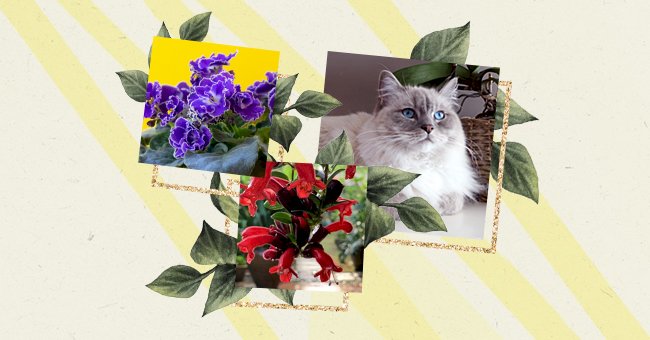
10 House Plants Perfect For Cat Owners
Many cats and dogs love to nibble on house plants. Especially cats who live in apartments and are looking for some greenery. However, some plants are poisonous and can make your pet seriously ill.
While cats tend to avoid poisonous plants intuitively, you should never take this for granted.
Kittens love to explore their environment through their taste buds and cannot distinguish between toxic and non-toxic.
1. Parlor Palm
Are you looking for a new plant that won't send your curious pets to the vet? Add a non-toxic Parlor Palm to your bedroom, living room, or even the bathroom for beachy vibes all autumn long.
It is easy to care for, purifies the air in your apartment, and gives your space the right kind of aesthetics you need.
2. Lipstick Plant
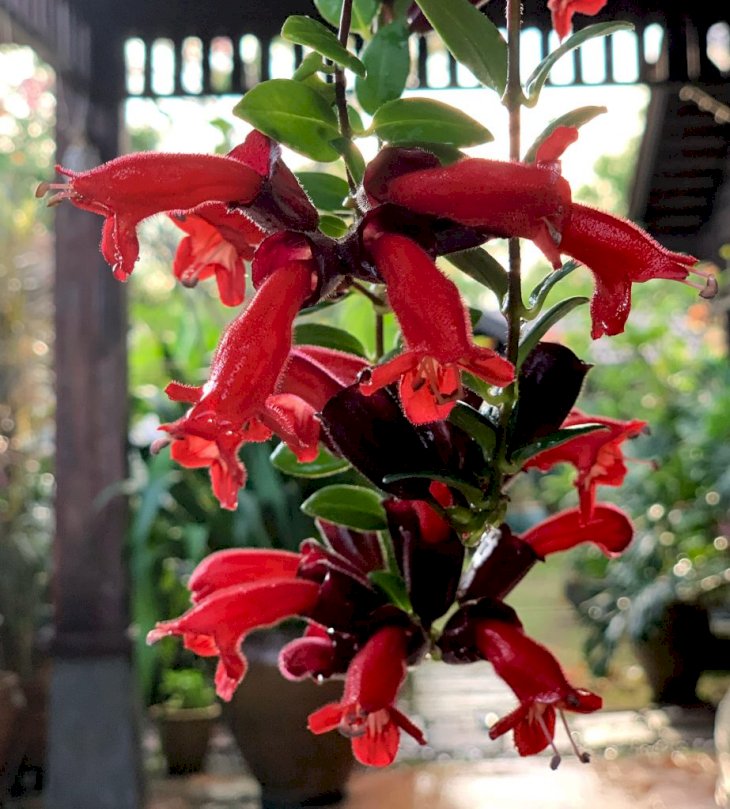
Shutterstock
This is a beautiful flowering indoor plant that is loved for its shiny foliage and exciting flowers. Its name comes from its flower buds peeking out of dark-colored tubes, looking like a miniature tube of lipstick.
The more light the plant gets, the better the lipstick plant will bloom. Too much direct sunlight can cause leaf scorch, and too little will result in a poor display of flowering and leaf drop.
3. Peperomia Pink
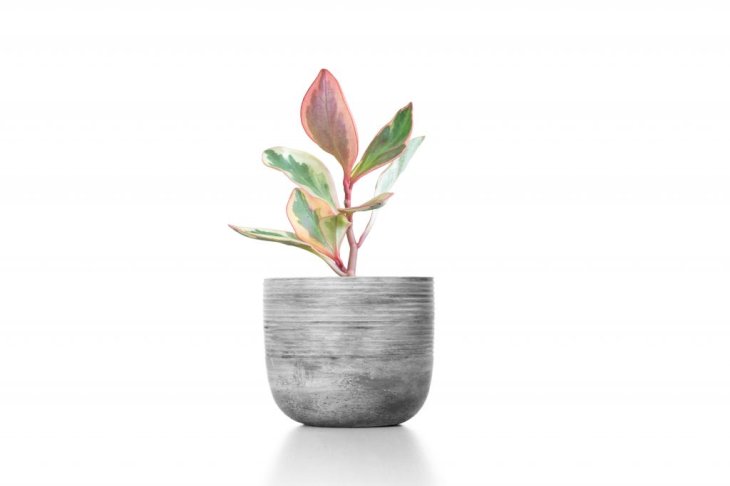
Shutterstock
This versatile plant can sustain a bit of abuse and has waxy pointy leaves from the pepper family. They can store moisture and do not need to be over-watered.
Let the topsoil be fully dry before watering. The plant can handle medium light, but its colors do better in bright rooms.
4. Rattle Snake Plant
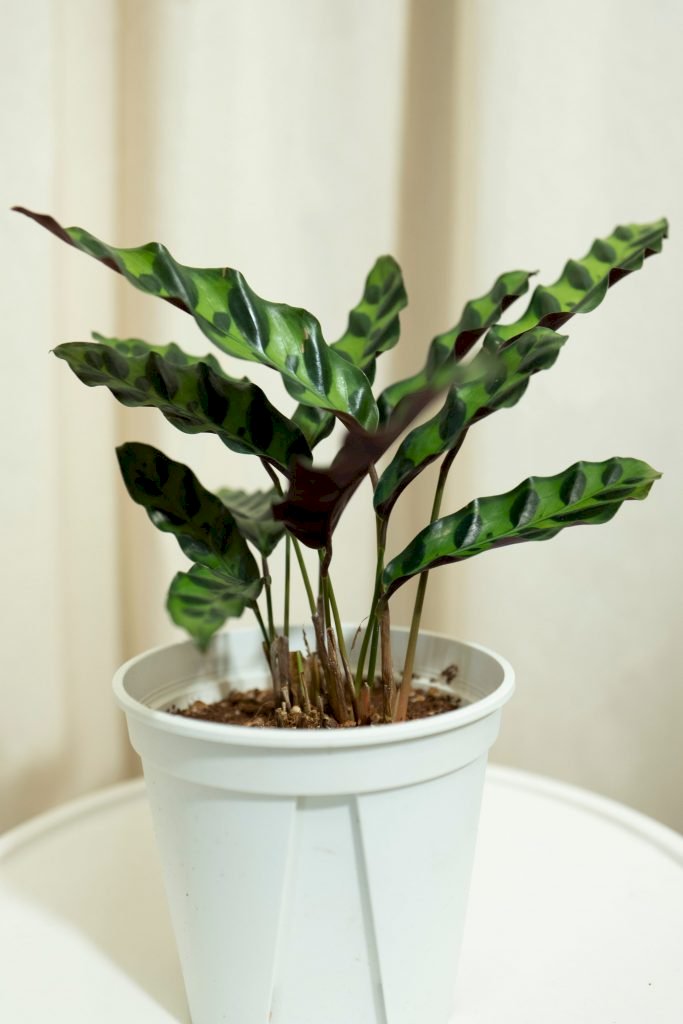
Shutterstock
This is a decorative perennial plant that can also be grown outdoors. It thrives better in moist, warm, semi-shady climates.
In the right conditions, the plant produces bright, yellow-orange blooms in late spring and early summer.
5. Oceanic Spider Plant
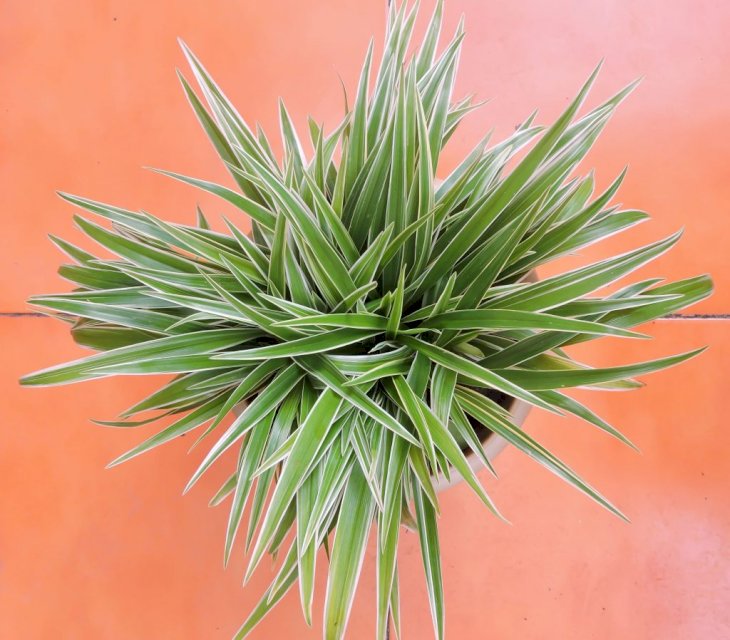
Shutterstock
This plant is virtually indestructible, and this what makes it a prevalent plant. Avoid direct sunlight with this plant and stick to bright areas only.
Feed the plant with a weak solution every few weeks but never during winter. According to a NASA study, it is one of the best plants for removing toxins from the air.
6. Ponytail Palm
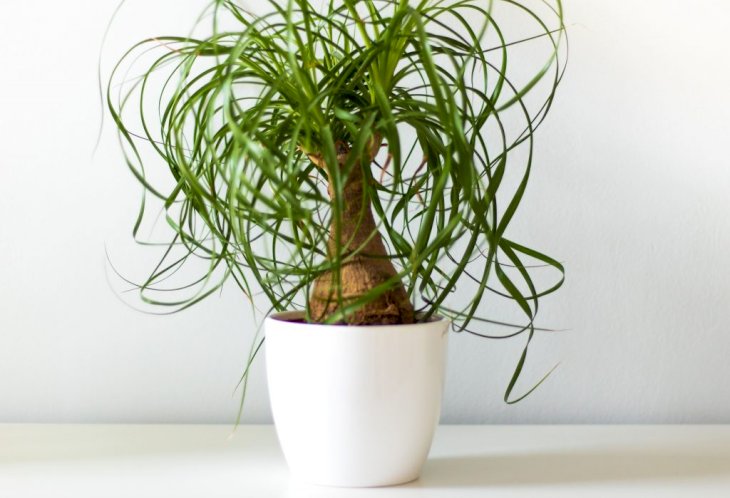
Shutterstock
This plant is slow-growing, drought-tolerant, and requires very little care. It has a sleek bulb-like trunk and lush, long curly leaves that create an aesthetic feel in your home.
The palms prefer to have as much light as possible, so a sunny location with indirect sunlight is best. Water from spring through fall, only water occasionally in winter.
7. African Violet
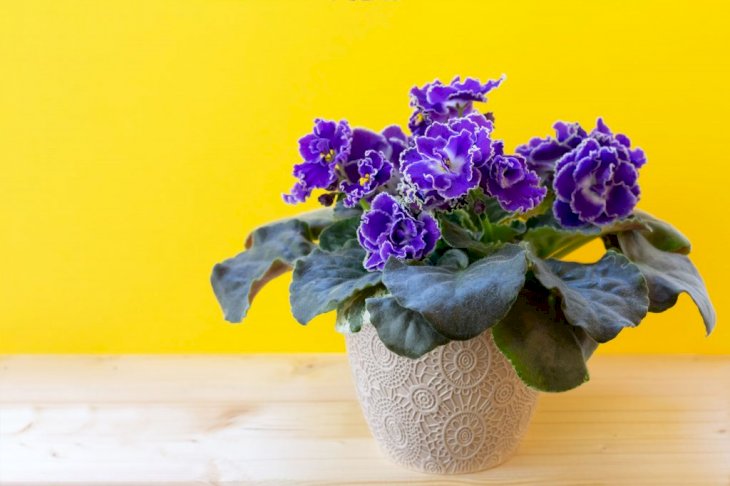
Shutterstock
African violets will bloom with lower light. However, medium to bright indirect light is best. Keep the soil lightly moist and when watering, use room-temperature water.
They are one of the world's most popular houseplants, and these compact, low-growing plants flower several times a year.
8. White Orchid
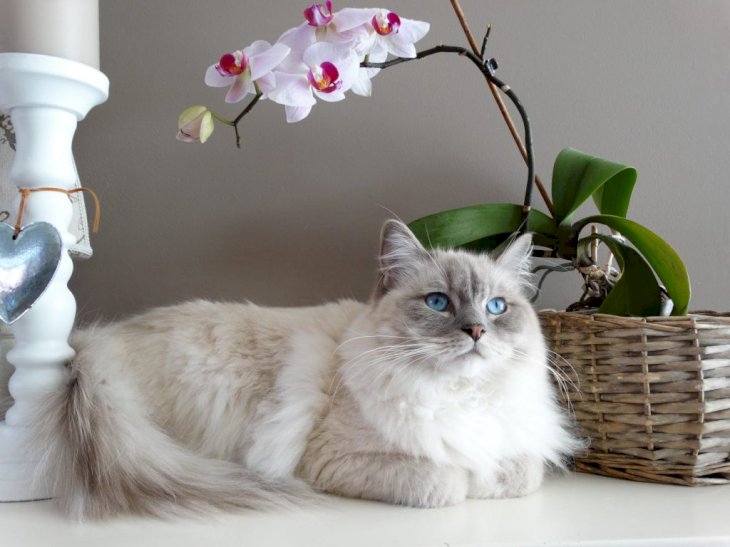
Photo by Pixabay on Pexels
They are also called moth orchid or Phalaenopsis orchid; they are among the most accessible varieties of orchids to grow as a houseplant. Their blooms will open quicker in a warm indoor setting.
Never place your orchid where it will experience cold drafts or expose it to direct sunlight or heating vents.
9. Gloxinia
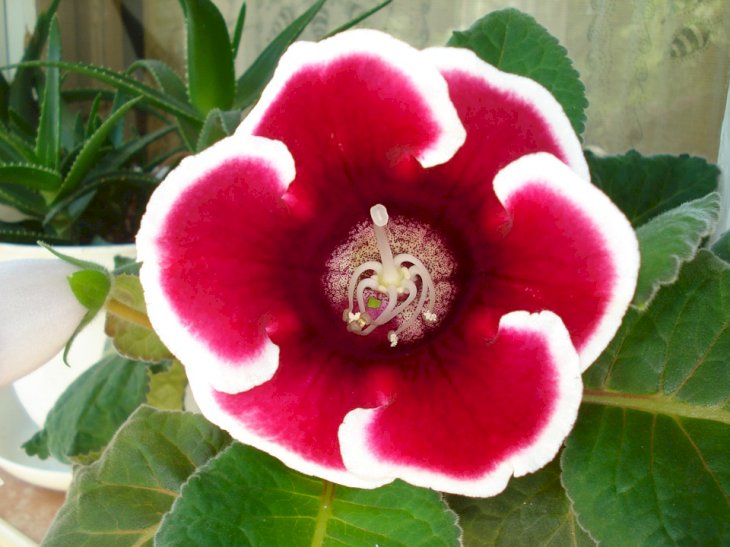
Photo by alia1906 on Pixabay
This plant is related to the African Violet. They produce an outstanding display for about two months. However, once the flowers fade, the plant rarely comes back. This is because it invests all its energy into flowers rather than sturdy roots.
The plant produces large, velvety, bell-shaped flowers that may be pink, red, white, blue, or purple. If given proper care, you can coax them to bloom again.
10. Burro's Tail
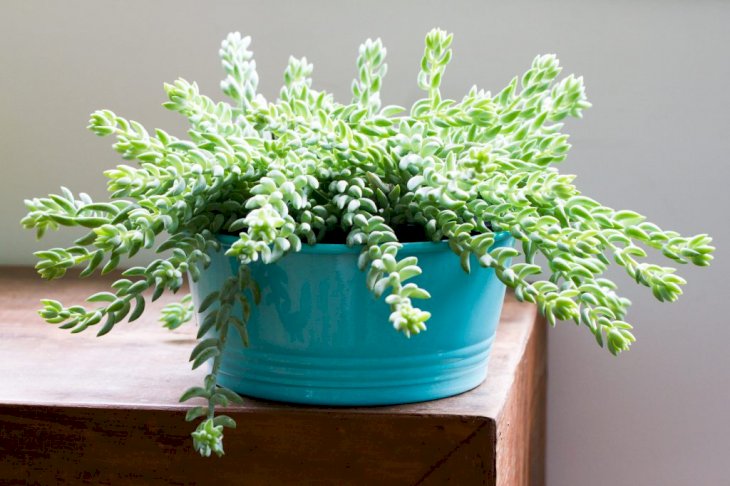
Shutterstock
Burro's tail is a succulent plant that is heat and drought tolerant. It is also well suited for warm to temperate regions. The thick stems of the plant appear woven or plaited with leaves.
The plant thrives indoors in a well-drained container with access to bright sunlight. Once it is mature, it has big, long stems that drape over the sides of its container. Also, the plant is perfect for hanging pots.